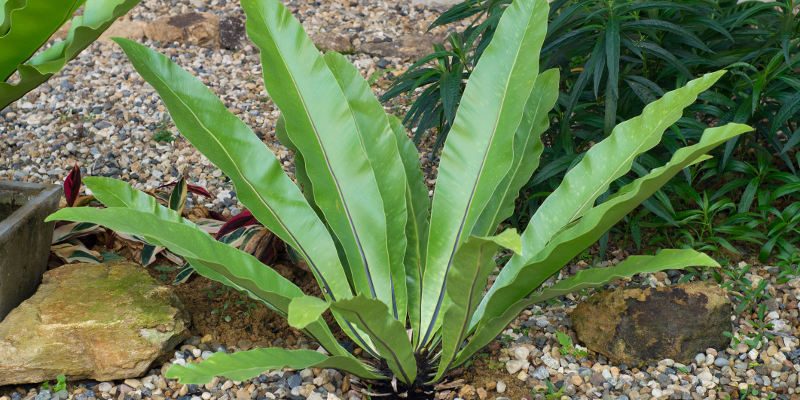The three most commonly used types of gravel are Granular A, often simply referred to as “A” gravel, Granular B, or “B” gravel, and pea gravel. Which types of aggregates you need will depend on the project you have in mind and the results you desire. Gravel, in general, is a material that has rock fragments that are rounded and water-worn. The different types of gravel aggregates involve size and what else is or is not mixed in.
Pea gravel is small in size, generally about the size of a pea (hence its name). It can come in a range of natural colours. Pea gravel consists of just the stone with no foreign substances such as clay or sand. It is very durable and makes a great landscaping material. Use a 76 mm layer for effective coverage. It is also a good base for patios and drainage for flower gardens.
The difference between granular A and granular B gravel is that, unlike pea gravel, it does have other materials with the stone. The difference between the two is the size of the stone. To be classified as granular B gravel, 100% of the material must pass through a 150 mm sieve. Granular A gravel must pass through a 26.5 mm sieve, so it has much smaller rocks.
Both granular A and B gravel are commonly used in construction and are used as base and sub-base aggregates for a variety of projects, including roadways, parking lots, and driveways.
It helps to understand the differences between pea gravel and A and B gravel aggregates in order to aid you in selecting the right product for your project.

